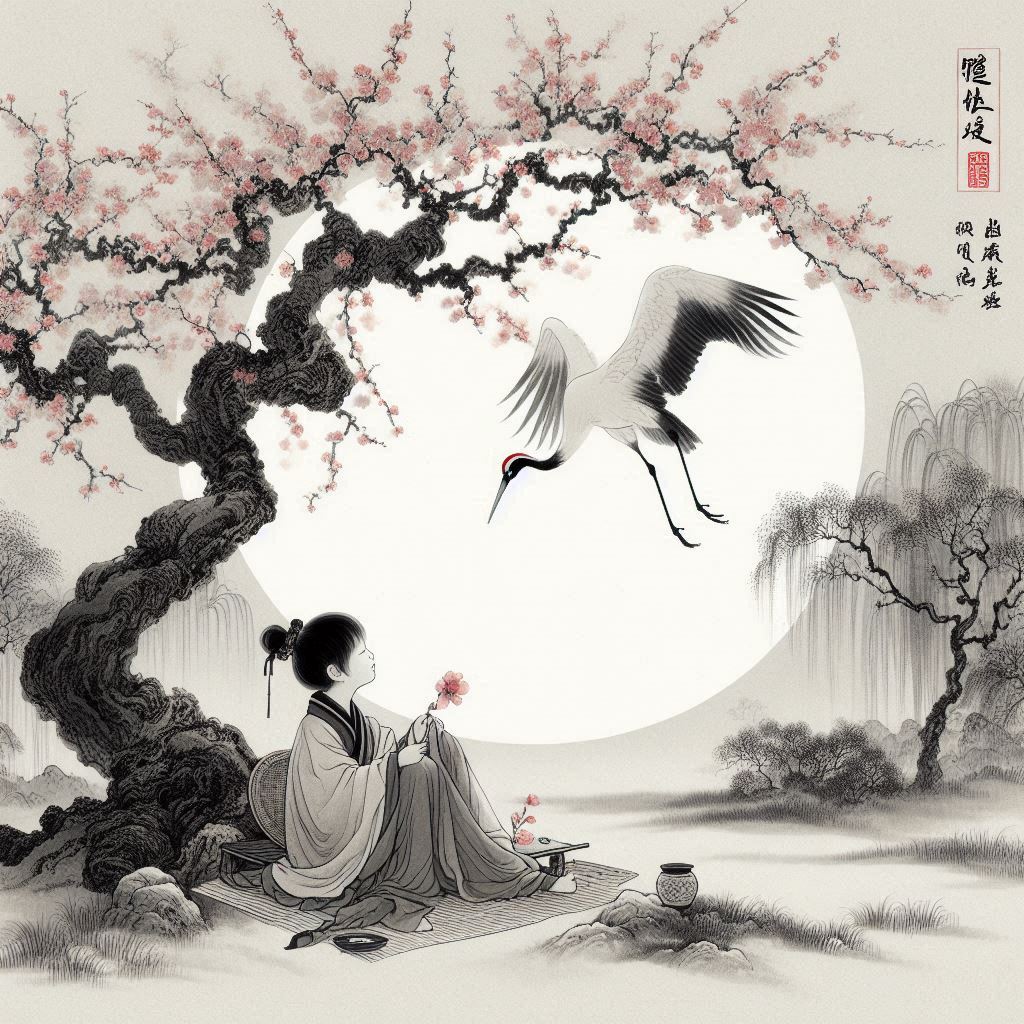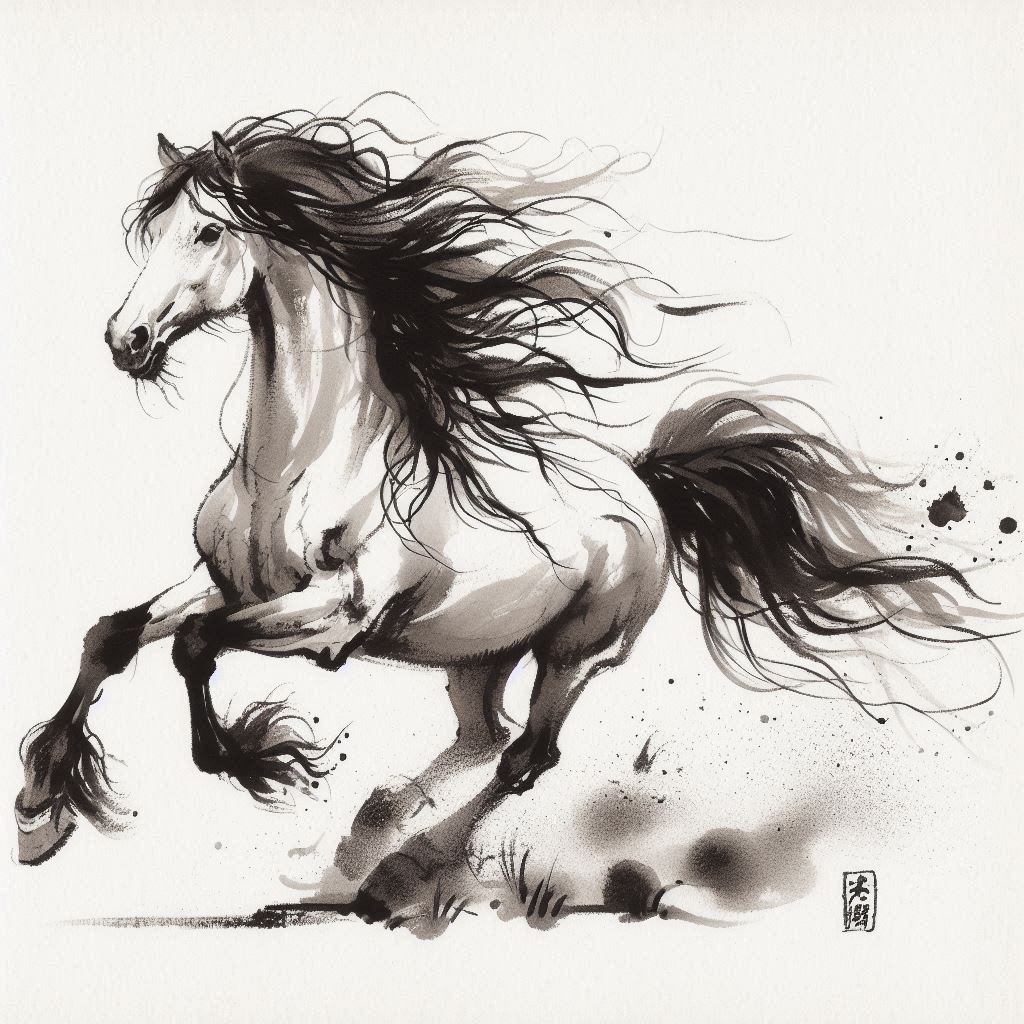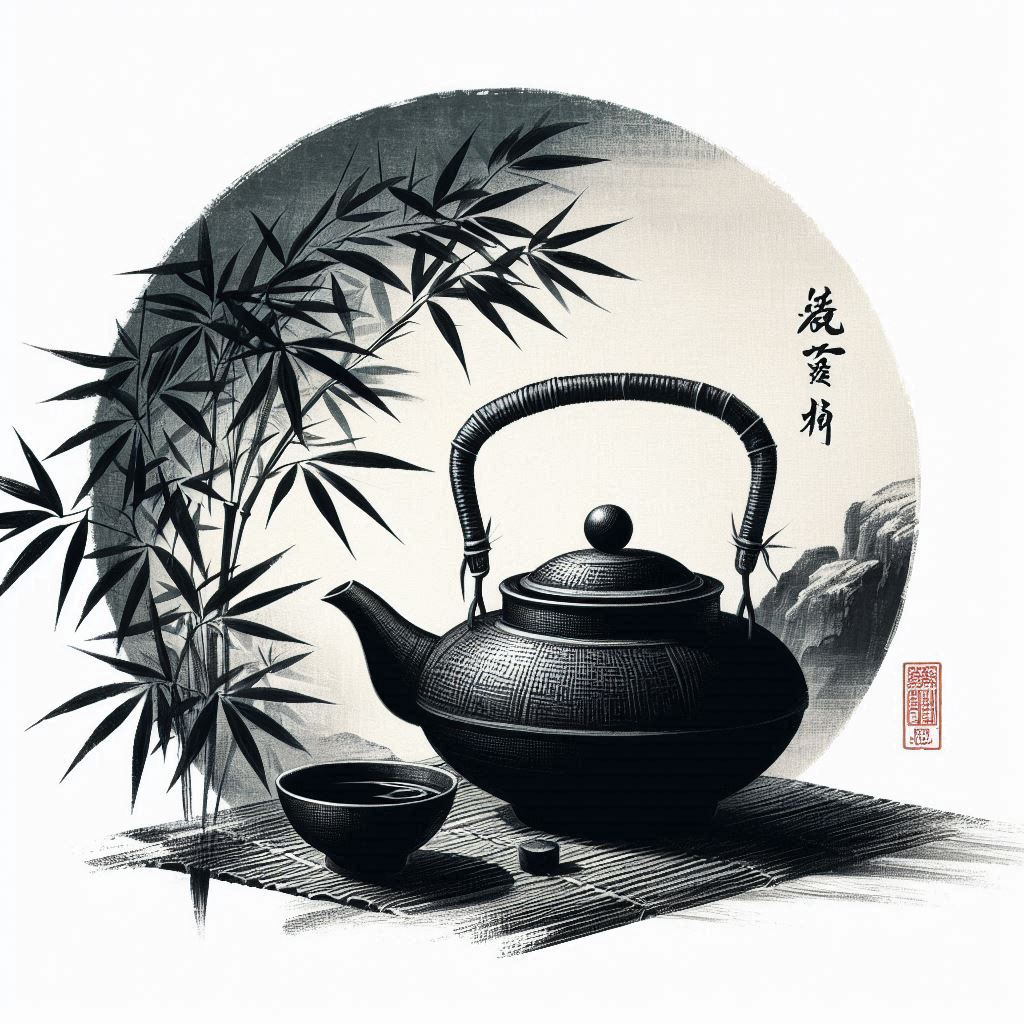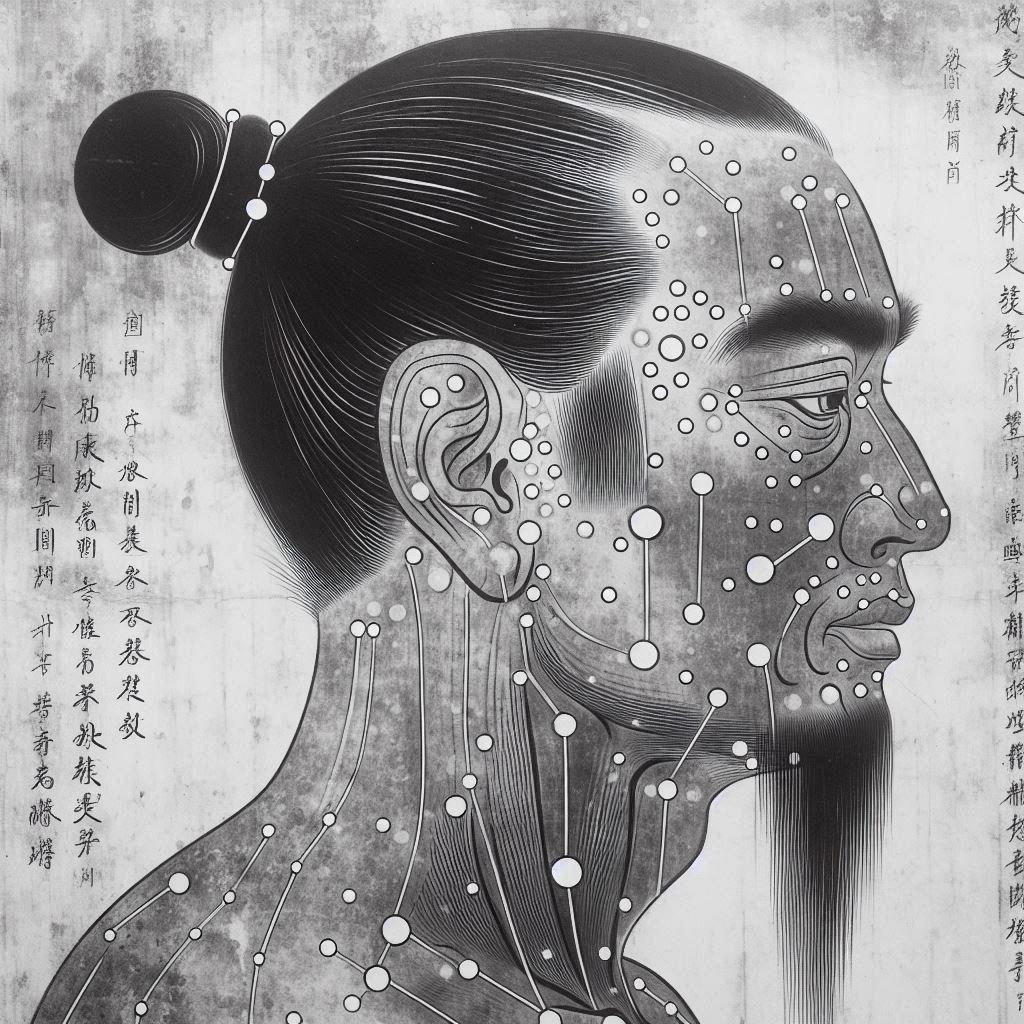Cause
- over-consumption of fatty and greasy foods
- living in a damp and hot environment
- excessive and chronic sadness or worry
One of the major causes for accumulation of damp-heat in the Large Intestine is over-consumption of fatty and greasy foods(1)(2). Greasy foods have both "hot" and "damping" nature.
External climatic damp-heat and living in hot, damp environment also leads to accumulation of damp-heat in the Large Intestine(1)(3).
Last but not least excessive and chronic sadness(2) - the emotion of the Lung/Large intestine partnership - or worry(2) may also block the healthy energy flow in these organs.
If you want to learn more about the Large Intestine and its functions from the perspective of Traditional Chinese Medicine you can read the material "The Large Intestine in Traditional Chinese Medicine" in the Physiology chapter.
Symptoms
- abdominal pain
- loose stools with or without blood and mucus
- burning sensation in the anus
- feeling of heaviness in the body
- thirst with no desire to drink
- stiffness in the chest
Every type of blockage causes pain. Dampness in the Large Intestine manifests in abdominal pain(1)(2)(3), as there is blockage and retention in the abdomen. There is diarrhea(1)(2)(3), there may be mucus and/or blood in the stools(1)(2)(3). The mucus is a sign of dampness, while the blood is a sign of heat in the intestine. The stools may have offensive odor(2) (heat induces smell). The heat furthermore manifests in burning sensation in the anus(1)(2)(3). The dampness, being heavy in nature, manifests in feeling of heaviness of the body and limbs(2). As heat manifests in thirst, but dampness manifests in lack of thirst, damp-heat will manifest in thirst with no desire to drink(2).
In traditiona Chinese medicine the Large Intestine is the partner organ of the Lung therefore damp-heat accumulation may manifest in stiffness in the chest(2).
Treatment Approaches
The treatment principle in treating damp-heat in the Large Intestine is to clear heat and resolve dampness. In order to achieve that it is essential to avoid the damp-heat causing foods mentioned in the Cause section.
To unlock the rest of this article select "Yes, I want to learn!" below.
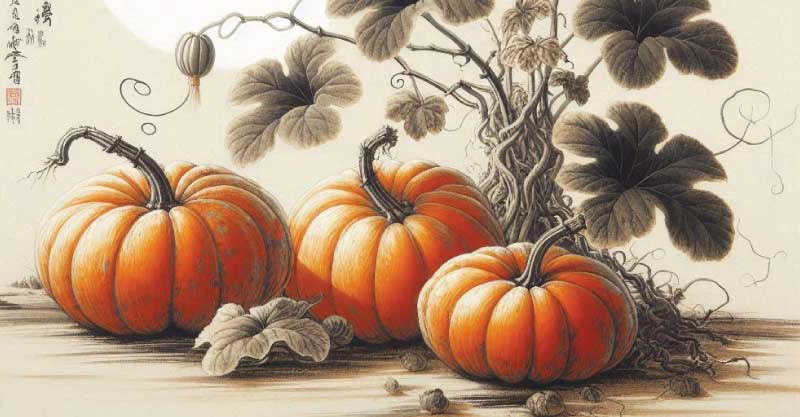
Food therapy is the most economical and non-toxic biochemical approach to health and disease. Food is something we continuously use to sustain our lives. Learning what foods are healing (and what disruptive) for each condition has the potential to convert every meal into a form of therapy.
YS
(1) Yang Weiyi, Meng Fanyi, Jiang Yuanan(2002). Diagnostics of Traditional Chinese Medicine. Beijing: Beijing University of Chinese Medicine and Pharmacology
(2) Maciocia, Giovanni (1989). The Foundations of Chinese Medicine. Edinburgh: Harcourt Publishers Limited
(3) Deng Liangye, Gan Yijun, He Shuhui, Ji Xiaoping, Li Yang, Wang Rufen, Wang Wenjing, Wang Xuetai, Xu Hengze, Xue Xuiling, Yuan Jiuling (1987). Chinese Acupuncture and Moxibustion. China: Foreign Languages Press
(4) Pitchford, Paul (2002). Healing with Whole Foods. Berkeley: North Atlantic Books
Related Articles
Herbs that clear heat and dry dampness
Heat and dryness in the Large Intestine
Herbs that tonify Yin
The Lung, season autumn, and the foods during autumn that benefit the Lung
Please read our Disclaimer




